Child Labour in the Garment Industry: A Social Sustainability Analysis
VerifiedAdded on 2022/10/15
|8
|886
|23
Presentation
AI Summary
This presentation examines the issue of child labour within the context of social sustainability and global business practices, specifically focusing on the garment industry and its outsourcing practices to developing countries. It references a case study from 1993 and explores the current regulations and practices of companies in developed countries. The presentation highlights the widespread use of child labour, particularly in countries like Pakistan, Bangladesh, and others, and the violations of global guidelines. It provides facts and figures on the prevalence of child labour, including the number of children involved and the industries where they are employed. The presentation also includes a CRAP test evaluation of the provided references, assessing their currency, relevance, authority, and purpose to ensure the reliability of the information. The presentation aims to provide an overview of the existing conditions and situations, including the impact of contract labour, the low wages earned by female workers, and the role of labour contractors, and to offer insights into potential solutions to address the problem of child labour in the global garment industry. The presentation seeks to provide a comprehensive overview of the subject matter.
1 out of 8

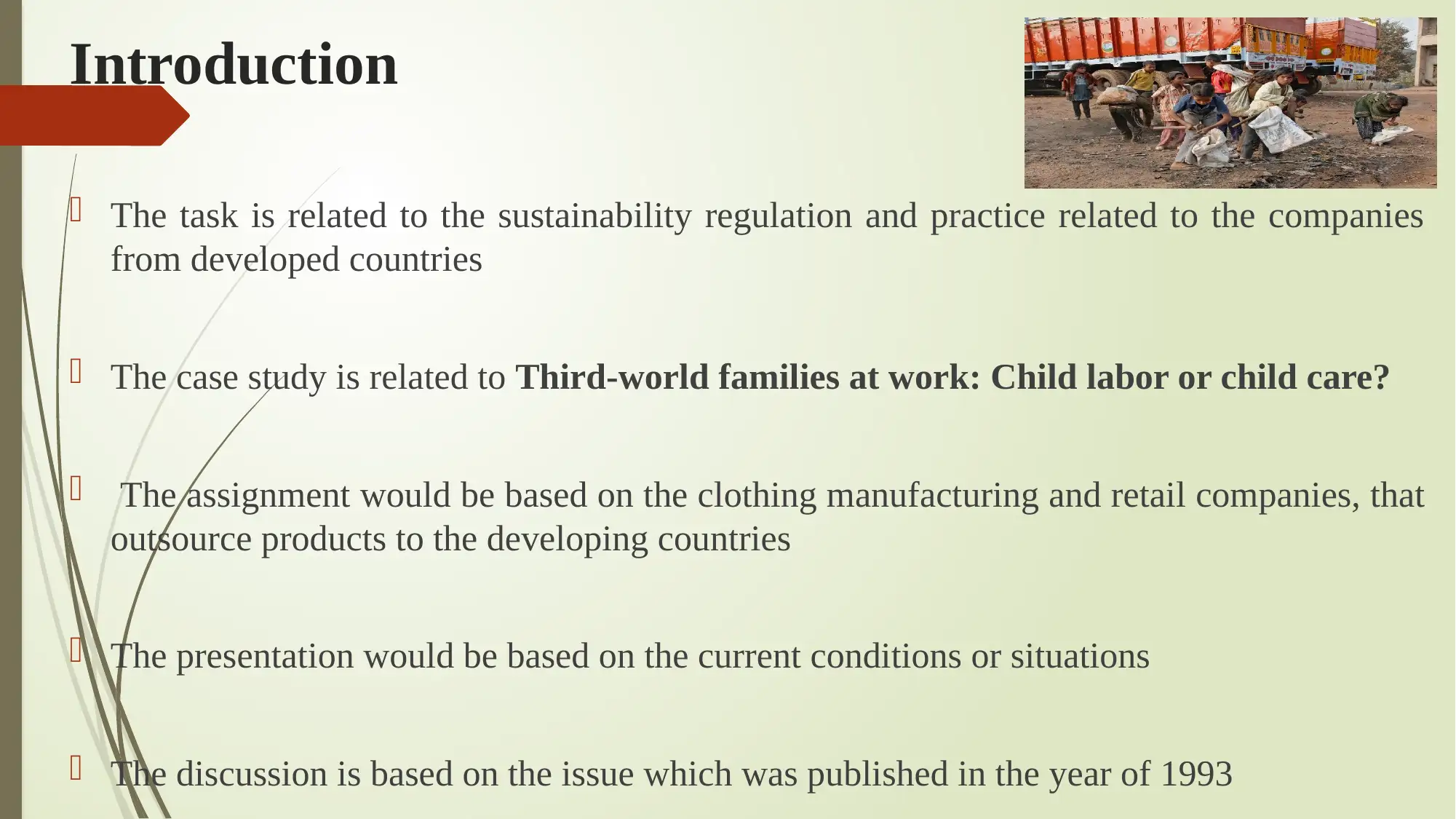
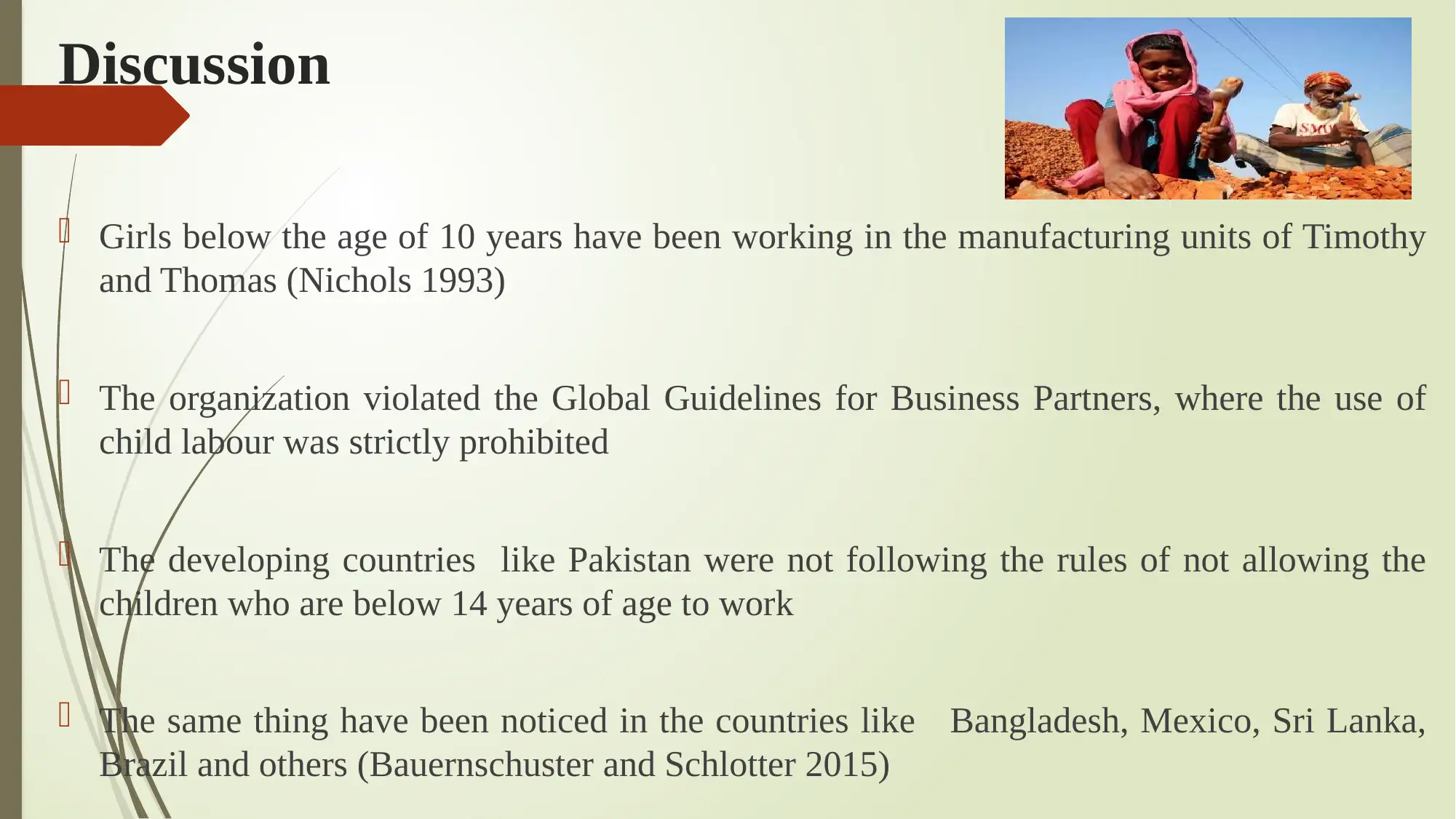

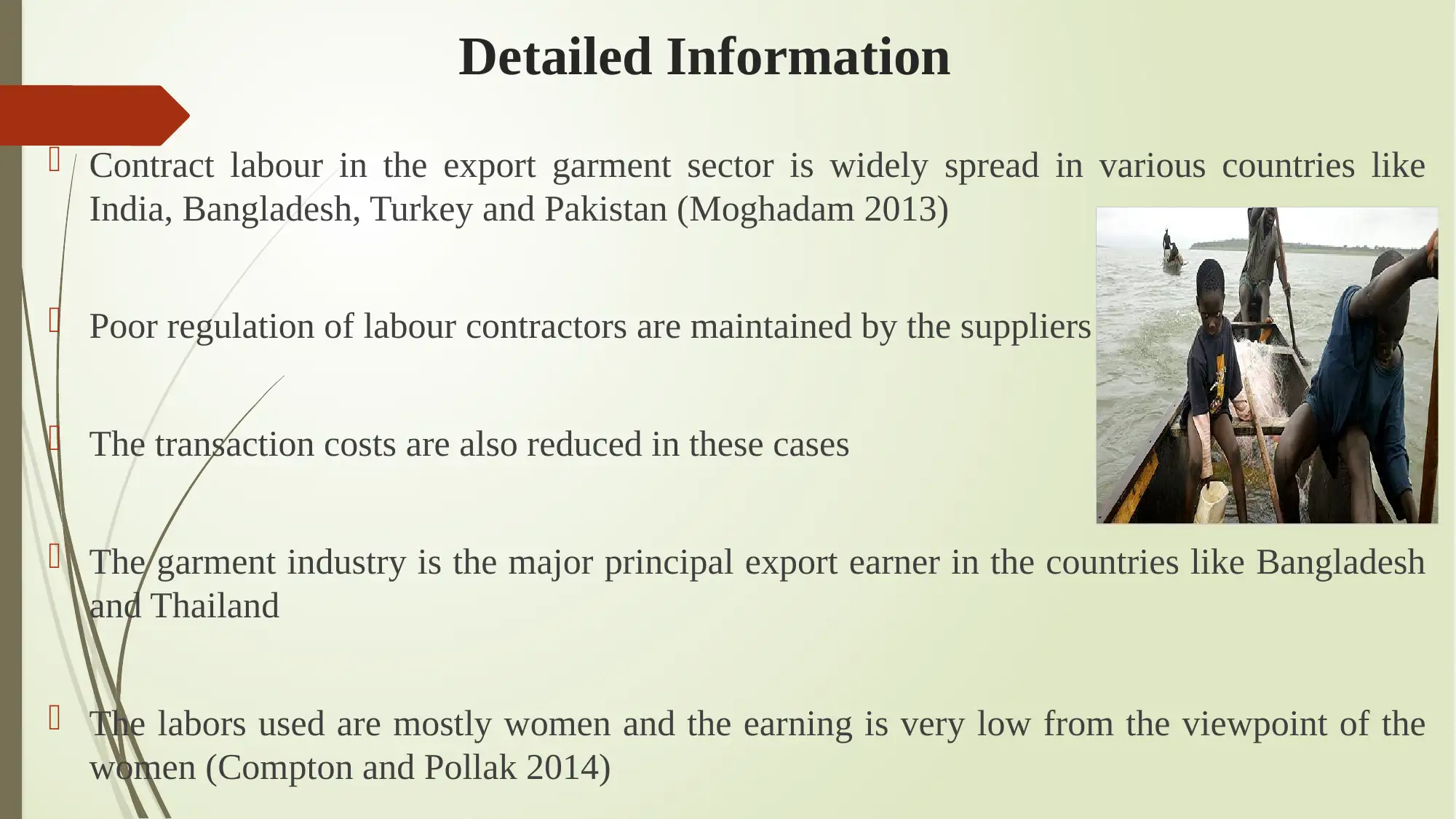
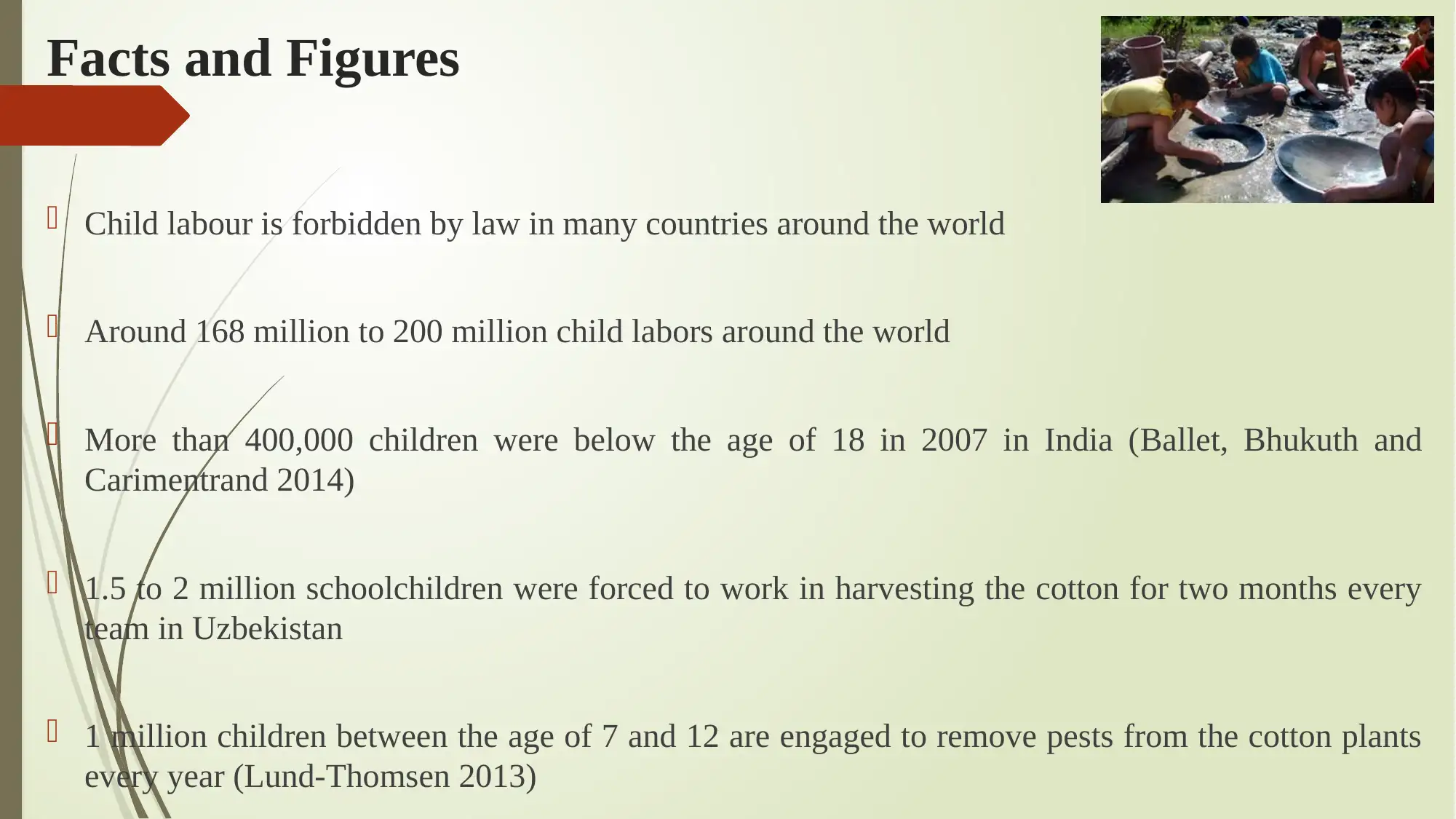
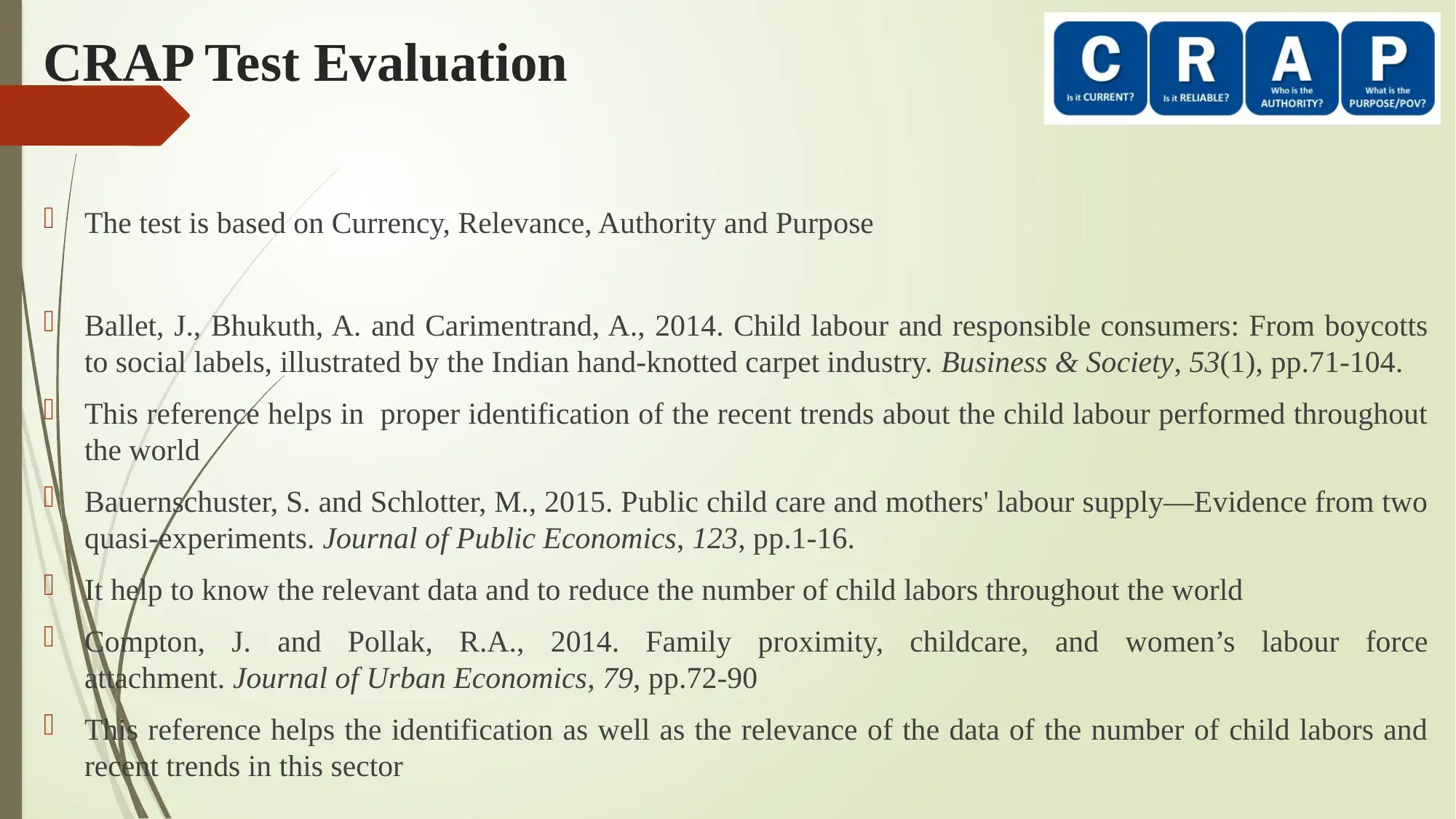
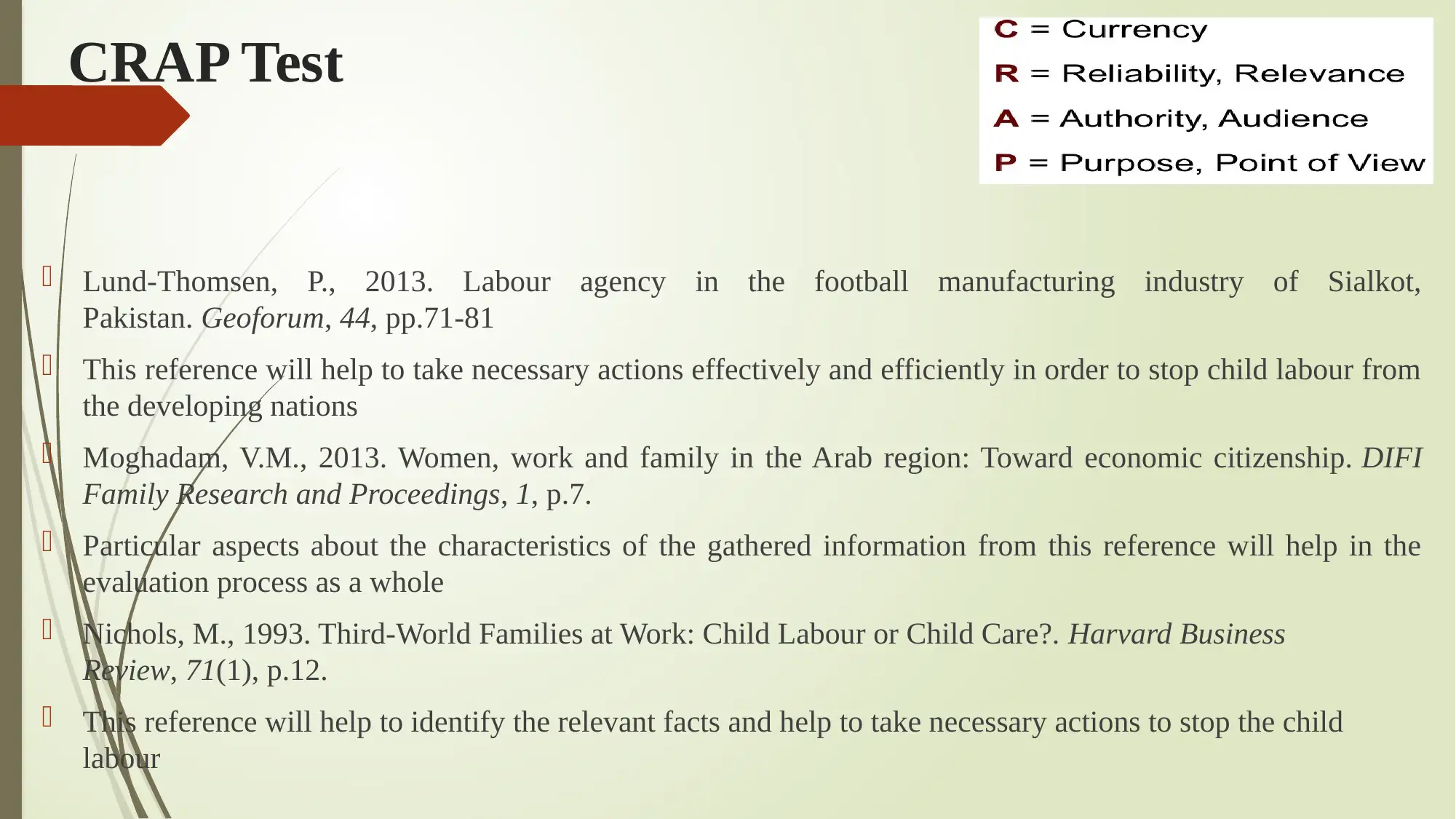
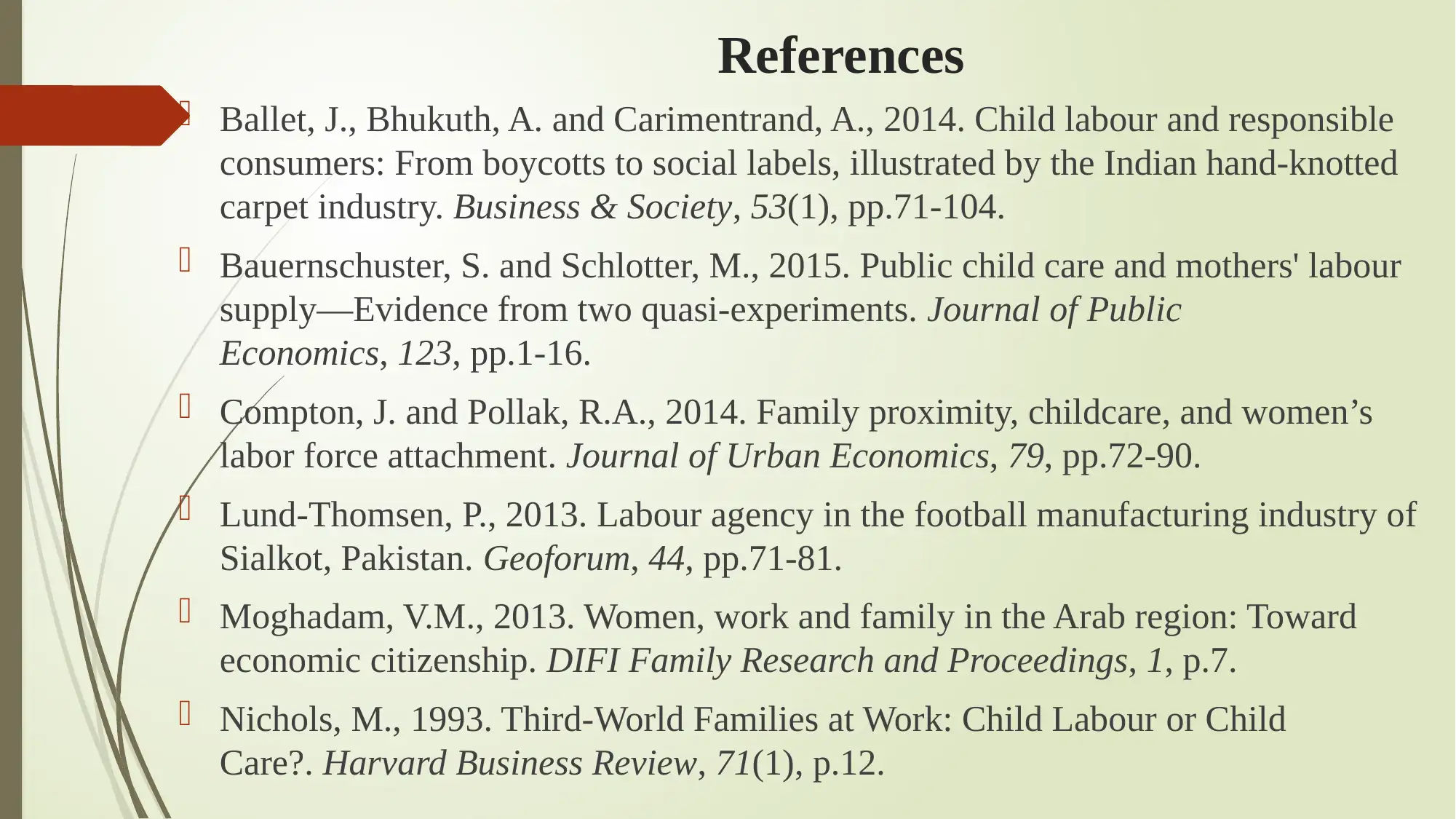

![[object Object]](/_next/static/media/star-bottom.7253800d.svg)